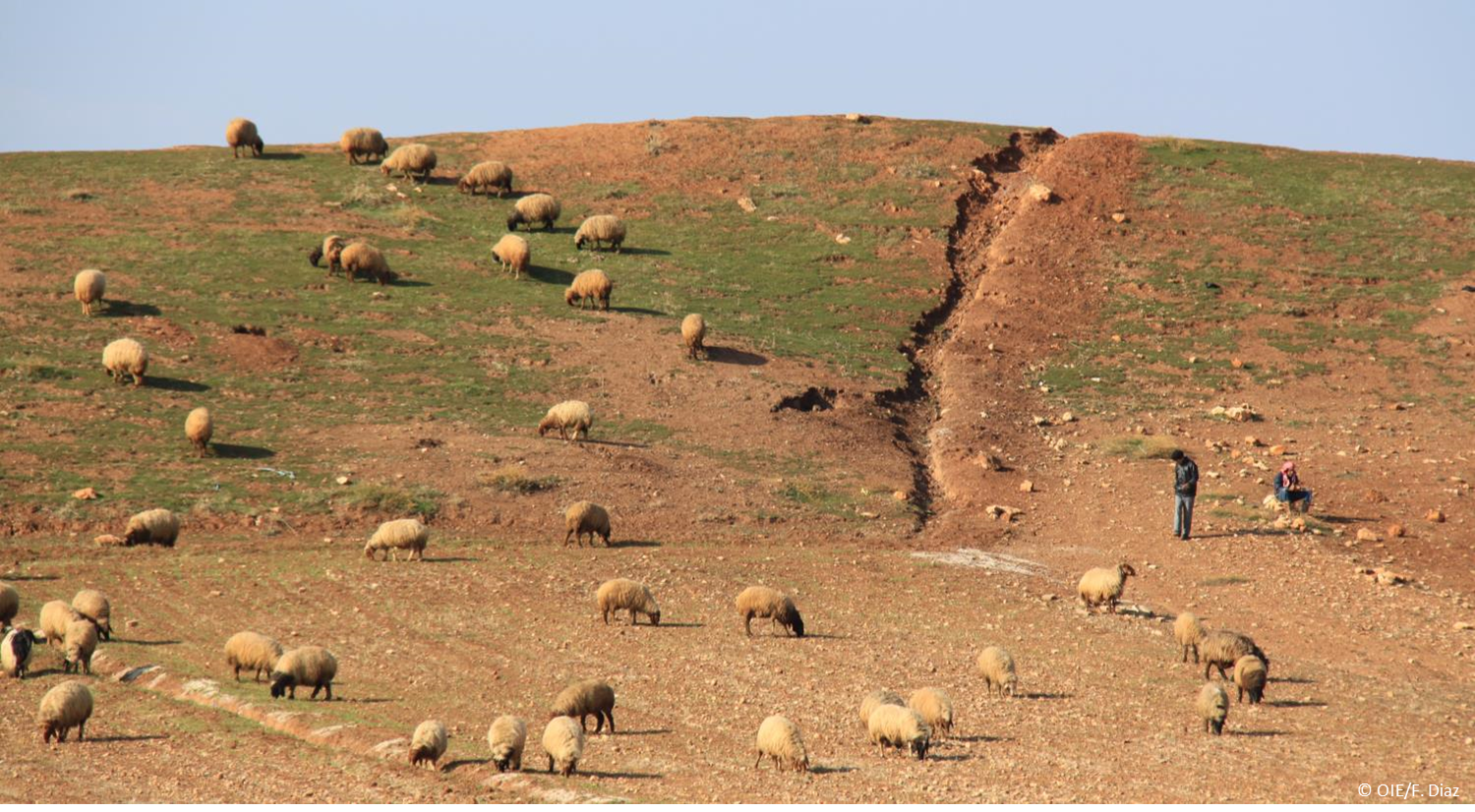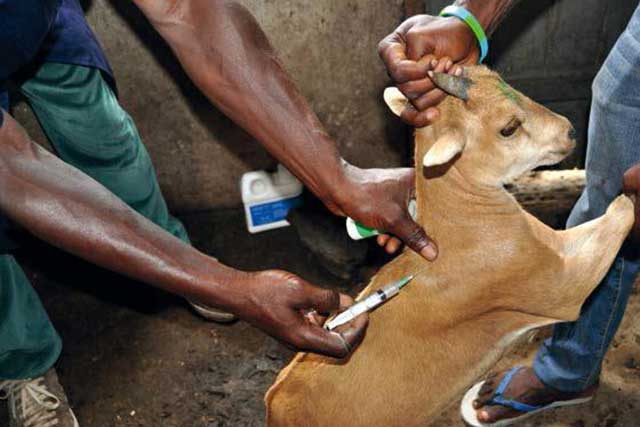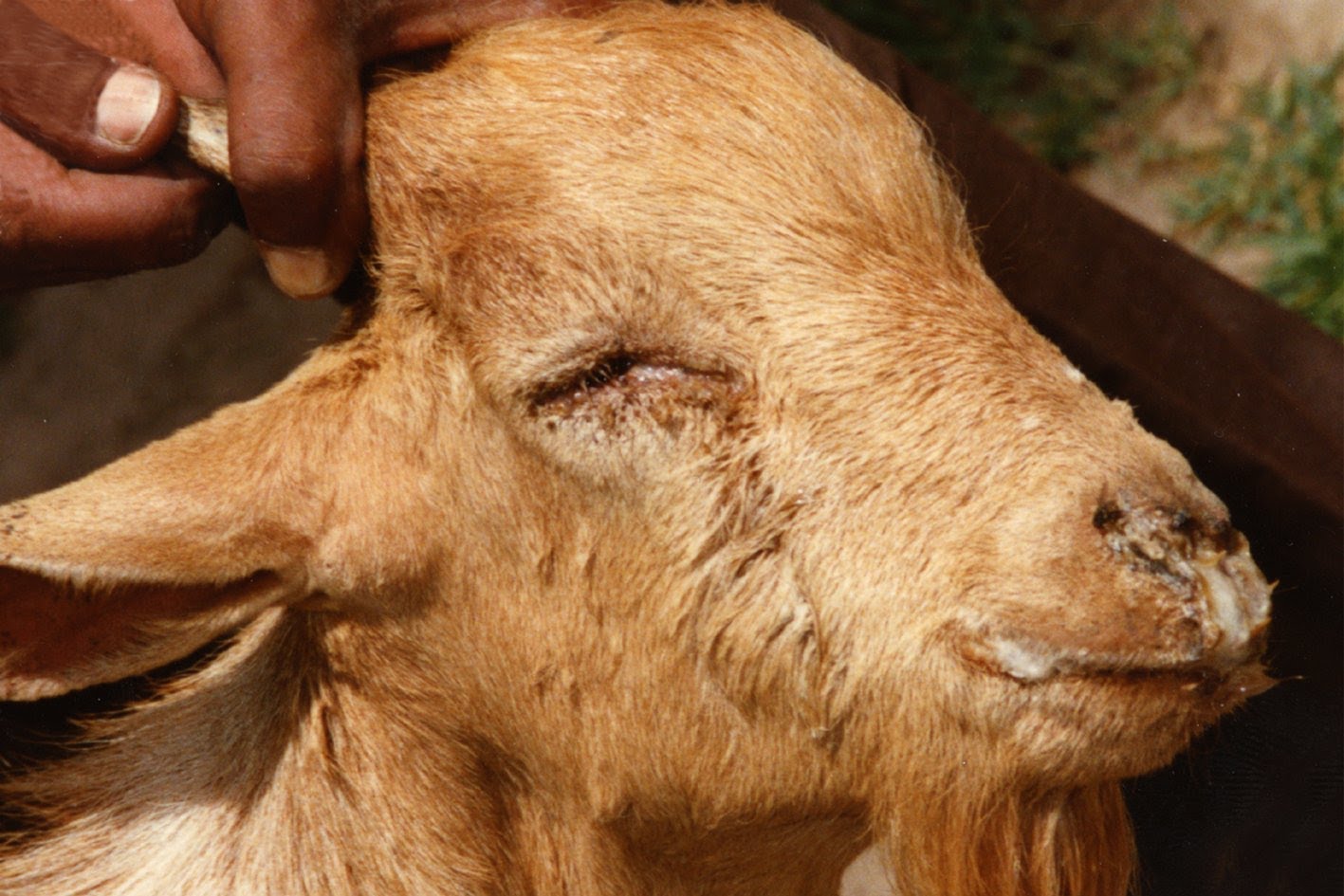
The ground has been broken on a major international initiative to rid the world of Peste des petits ruminants (PPR).
Also known as sheep and goat plague, it is a highly contagious viral animal disease that causes major losses in areas home to millions of the world's poorest people.
The $996.4 million plan launched by the Food and Agriculture Organization of the United Nations (FAO) and the World Organisation for Animal health (OIE) today is the first phase of what will be a 15-year effort to eradicate PPR by 2030.
“Wiping out PPR will have a major positive impact on the lives of pastoralist communities in all developing countries and directly support global efforts to end poverty and hunger by 2030,” FAO Director-General José Graziano da Silva said about the plan.

“When it comes to viral animal diseases, much attention falls on the threats they pose to human health -- but their effects on economic growth, human livelihoods, quality nutrition and food security can be equally devastating. That’s why this campaign needs wide support,” he added.
“We have international standards for surveillance and diagnosis of PPR, a global system to report outbreaks, and standards for vaccines that are highly effective when applied appropriately,” OIE Director General Monique Eloit said.
“We also have international standards to prevent spread through trade, to officially recognise the control programmes of our Members, and their status as free when those programmes achieve success,” she added.
“So all the tools are available to us, and are integrated into the plan. Its successful implementation now relies on the capacity of Veterinary Services at national level -- the OIE is committed to provide them with ongoing support.”

Major losses
Since it was first identified in Côte d’Ivoire in 1942, PPR has spread to some 70 countries in Africa, the Middle East and Asia, in September 2016 Mongolia reported its first-ever case of PPR.
Over 80 percent of the world’s sheep and goats are found in these regions, where many families rely heavily on products like goat milk, mutton and wool for their nutrition and livelihoods. FAO estimates some 300 million small-scale farming families worldwide depend on small ruminants for food and income.
To illustrate, a recent outbreak in India alone caused $180 million in losses, while a series of epidemics in Kenya in 2006-2008 killed 1.2 million small ruminants, causing losses exceeding $23.5 million and a drop in milk production of 2.1 million litres.
In all, the annual damage due to PPR is estimated to be between $1.4 and $2.1 billion.
While the disease is highly lethal to small ruminants – killing up to 90 percent of infected animals, it is easily preventable with inexpensive vaccines that can be administered for as little as 25 cents and will protect the animal for its entire life.
The virus also has a relatively short infectious phase and does not survive for long outside a host, making it an ideal candidate for a concerted eradication effort.
The plan for the first five-year phase of that effort is now ready to be put into action and consists of a global strategy backed by nine regional road maps.
Path out of poverty
The initial portion of the campaign is focused on countries where PPR is known to exist or where its status has never been assessed.
It will involve activities to raise awareness among farmers, build their capacity to prevent and contain the disease, strengthen national veterinary health services and systems for control of PPR and other diseases, and implement targeted vaccination campaigns.
But the plan goes beyond disease eradication alone, it also aims to improve national production models and help herders build the strongest, most resilient livelihoods with their animal resources.
With this approach, the agencies are looking to harness the potential of animal husbandry as a path out of poverty and valuable source of nutrition for poor families.
